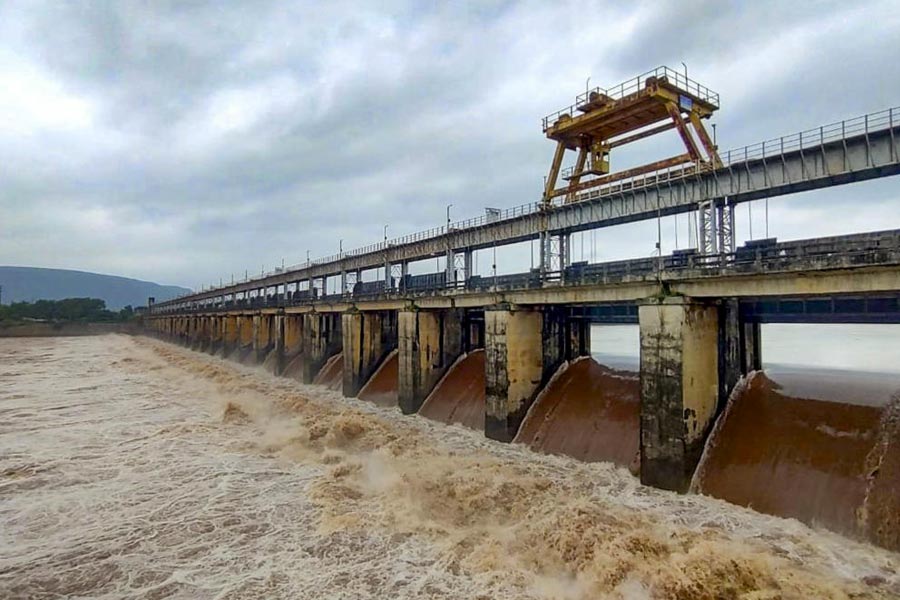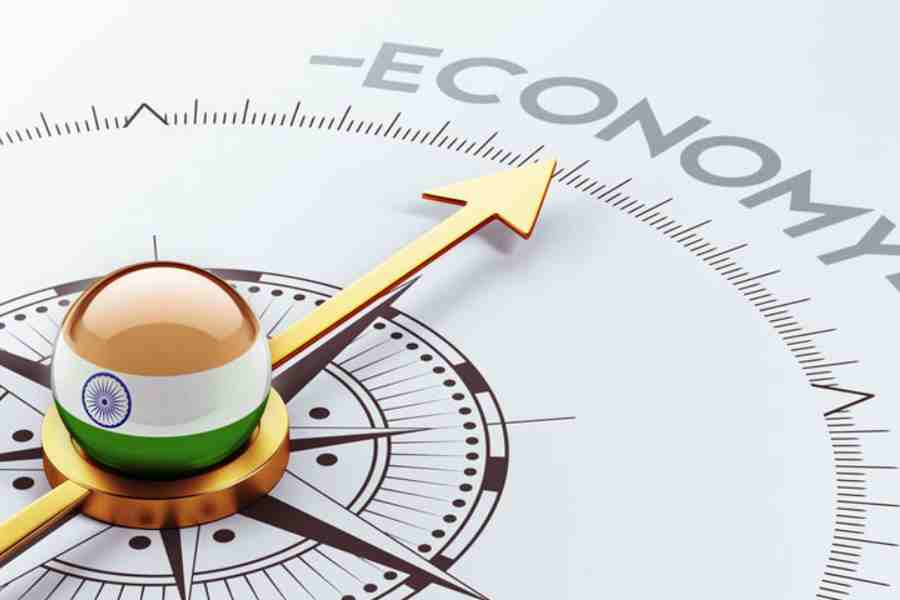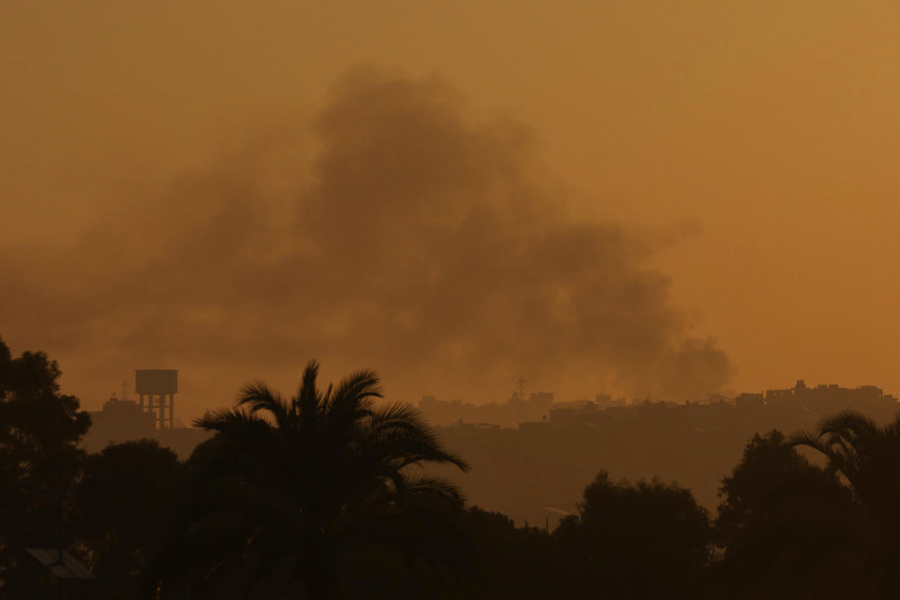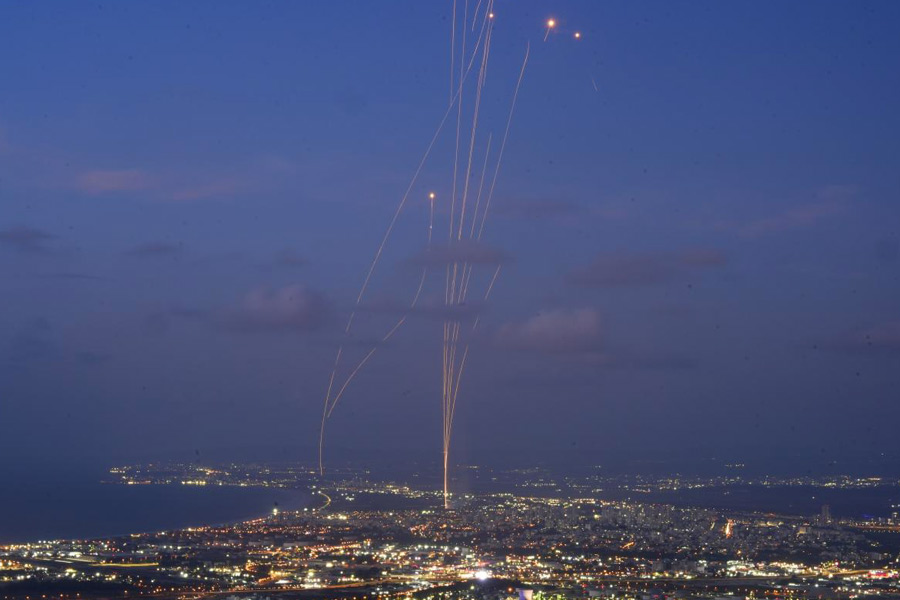Human activities began to cause fundamental, unprecedented, worldwide changes in the Earth’s ecosystem from 1952, scientists said on Monday in a new study pinpointing the onset of the Anthropocene, an epoch when humans themselves have turned into a geological force.
Their study has identified three-time segments marked by sharp increases in human impacts on the ecosystem and environment — 1855-1890, 1909-1944 and 1952-1958 — with a near-simultaneous surge across all continents, including Antarctica, during 1952-58.
“Our analyses clearly indicate that the changes from 1952 were the largest and the most synchronous changes compared to what occurred during the earlier two timings,” Yusuke Yokoyama, a professor at the University of Tokyo who led the study, told The Telegraph.
Scientists have debated the start of the Anthropocene for decades. Some have proposed that humans started to change the planet with the emergence of agricultural societies some 8,000 years ago, others have linked it to the advent of irrigated rice 6,500 years ago, or to the Industrial Revolution during the 18th and 19th centuries.
Some have also argued that the Anthropocene started in the mid-20th century with the widespread use of materials such as aluminium, concrete and plastics, coinciding with the elevated greenhouse gases from fossil fuel burning and radioactive materials from nuclear tests.
Yokoyama and his colleagues have now compiled what they have described as evidence for “human fingerprints” from 137 sites worldwide, including two in the Arabian Sea off India’s western coastline, covering the planet’s geological history over the past 7,700 years.
Their analysis has revealed during the 1855-1890 period increases in lead concentrations, changes in lakes’ nutrients, and other chemical signatures that they say came with the Industrial Revolution. The period 1909-1944 was marked by changes in pollen composition and increases in black carbon or soot concentrations which the researchers say could have been associated with myriad activities including the proliferation of steam engines and coal-fired power plants.
But during the 1952-58 period, their analysis showed an unprecedented surge in human fingerprints in geological layers across all continents, on Antarctica and in the Arctic, including organic pollutants, microplastics, sulfate molecules, and plutonium and radioisotopes from nuclear detonations.
The near-simultaneous explosion of the fingerprints across all regions during 1952 to 1958 was not observed in the geological layers before the mid-20th century, the researchers wrote in their study, published on Monday in the journal Proceedings of the National Academy of Sciences.
“This period marked the start of profound planetary-wide changes, such as climate deviations from Holocene conditions, the transformation of the nitrogen cycle, and intercontinental invasions and colonisation of alien (transcontinental) species,” the researchers said. The Holocene is a period that extends back to around 12,000 years.
The scientists have attributed the geochemical changes associated with the 1952-58 period to multiple activities, including fossil fuel burning, chemical pollution, and replacement of hemp cultivation with the production of synthetic fibre and nuclear tests, among others.
The 137 study sites were distributed across the world — from Beppu Bay off southwest Japan to the Baltic Sea and Greenland to Antarctica.










